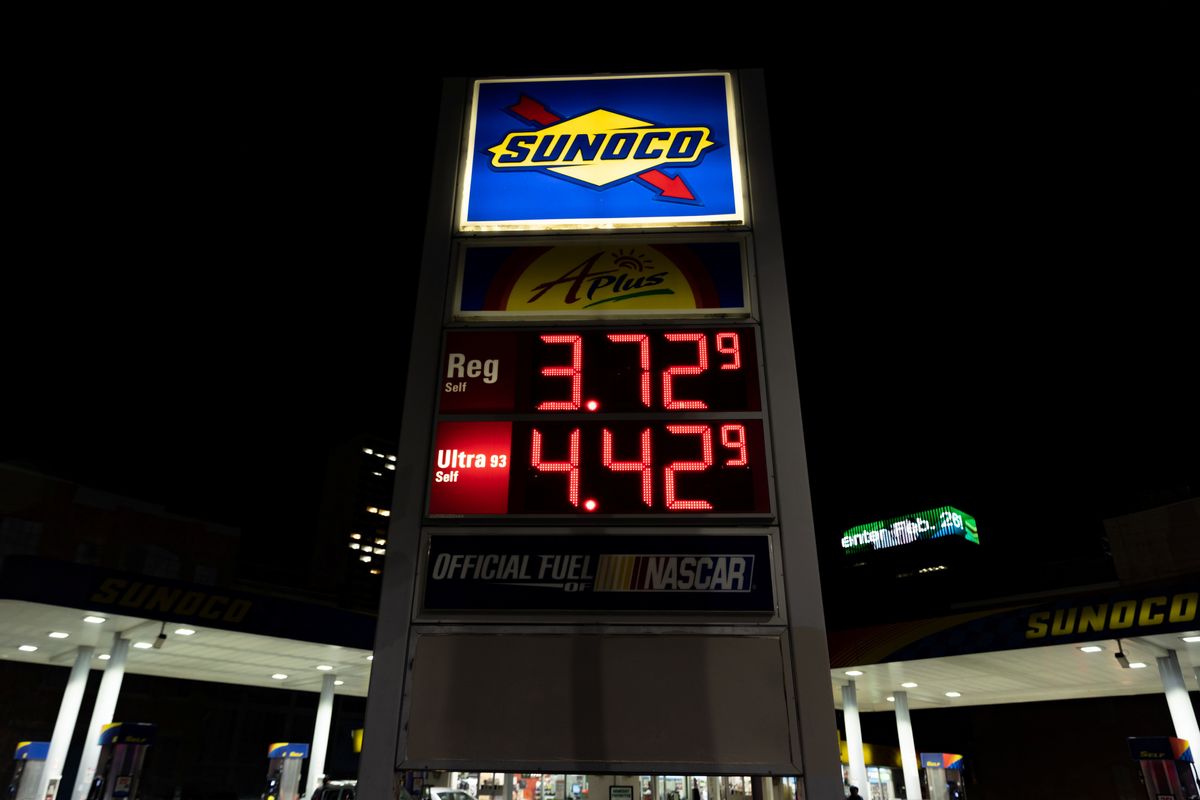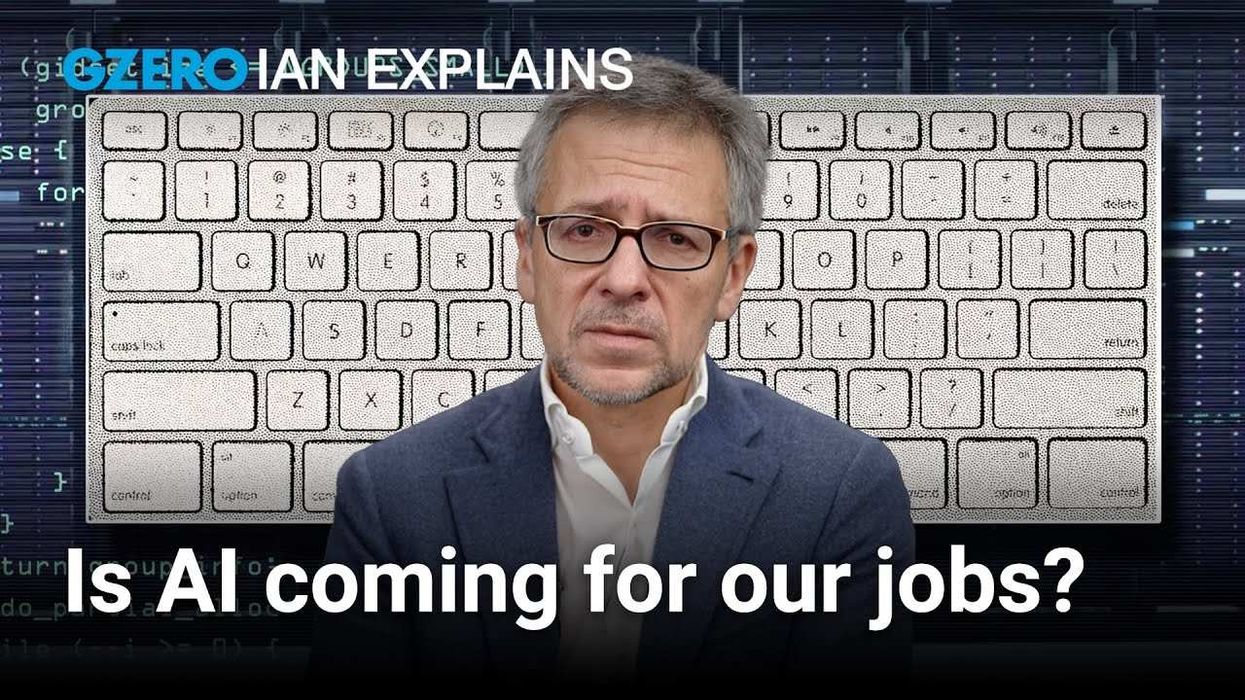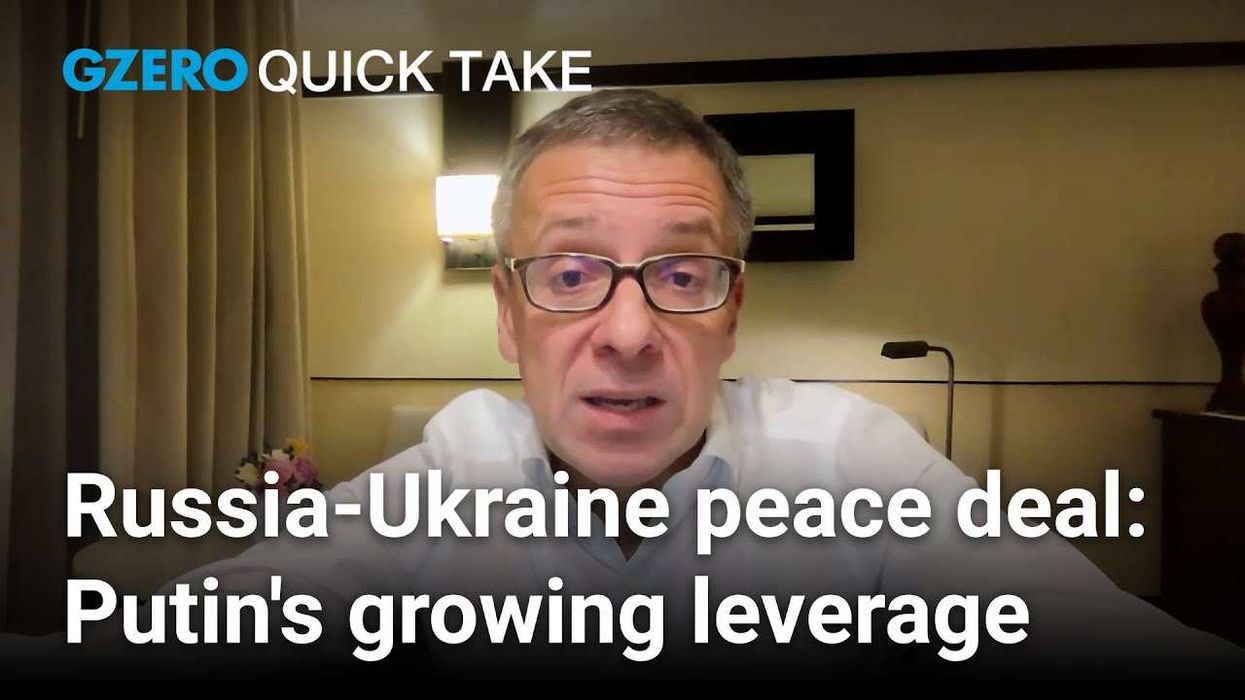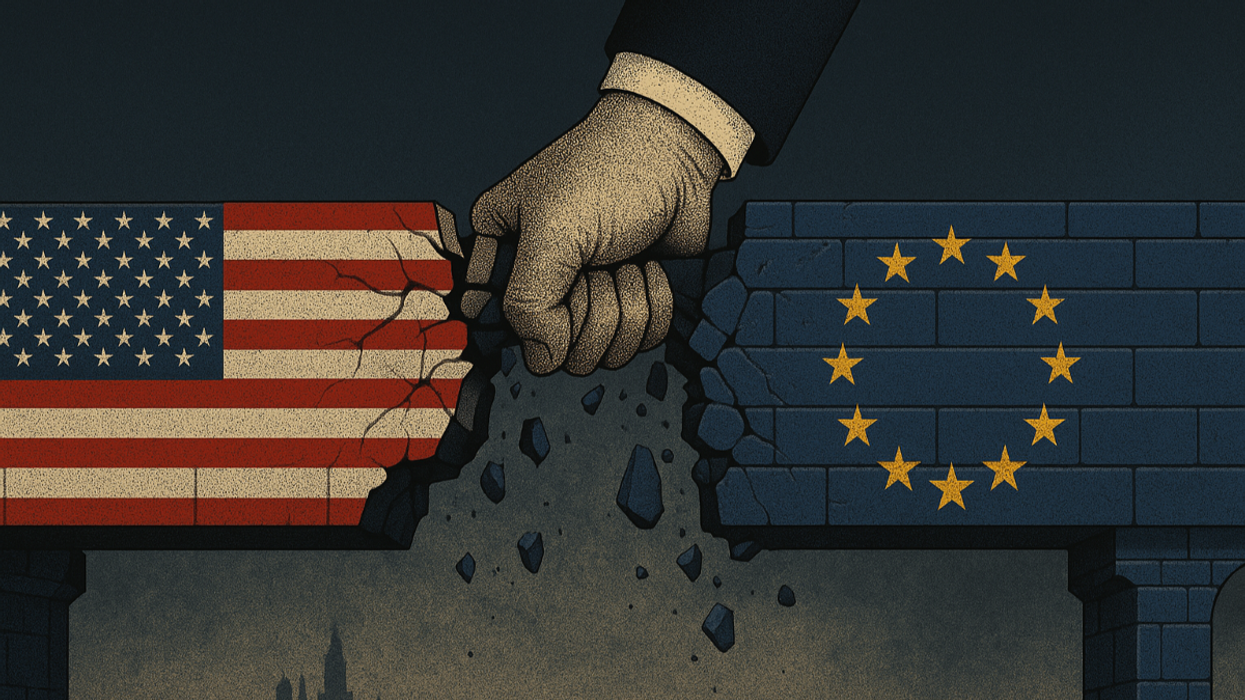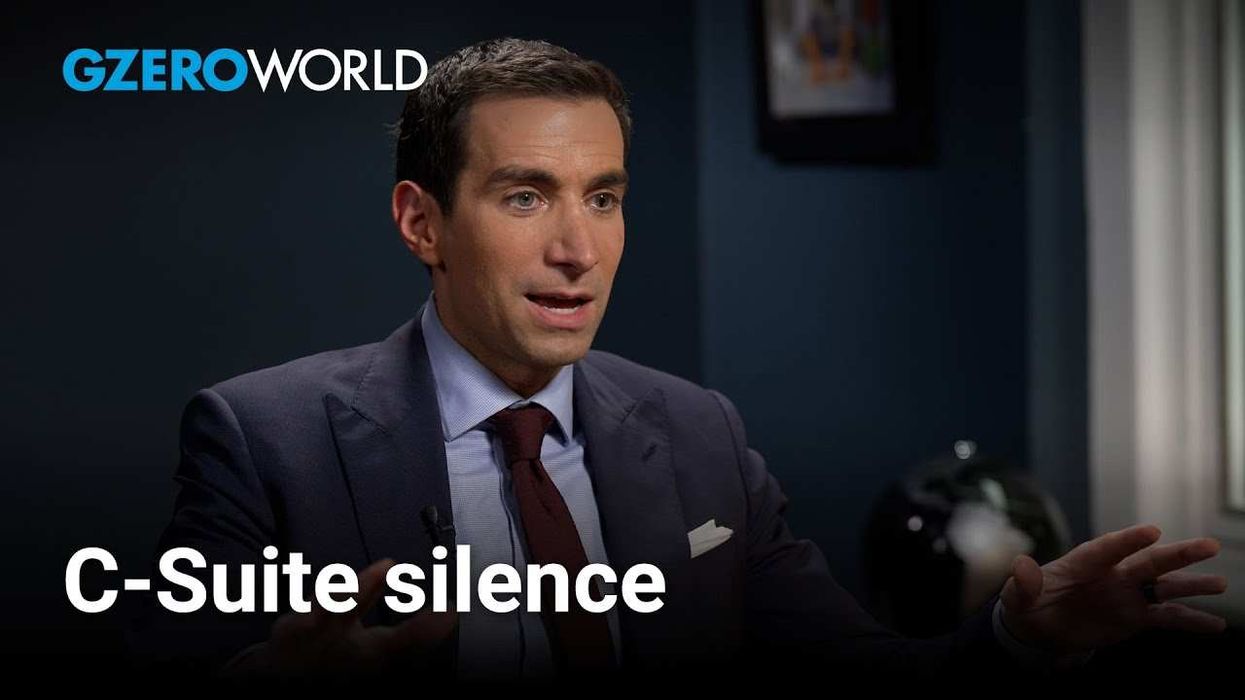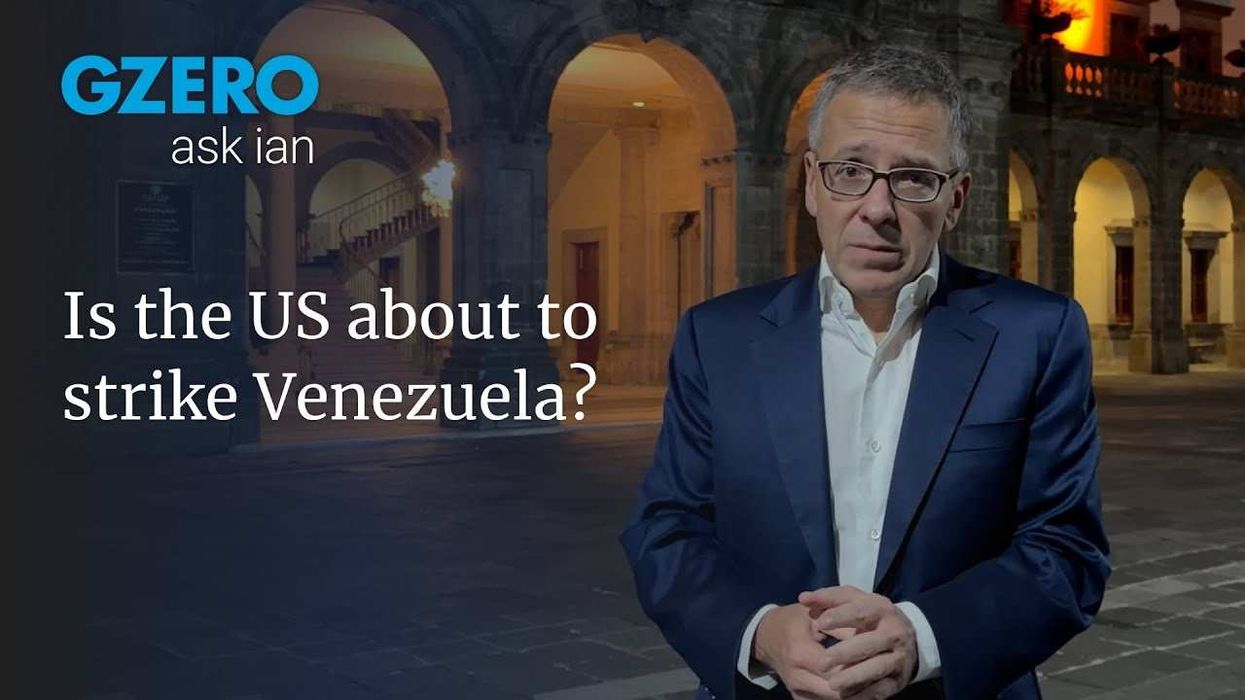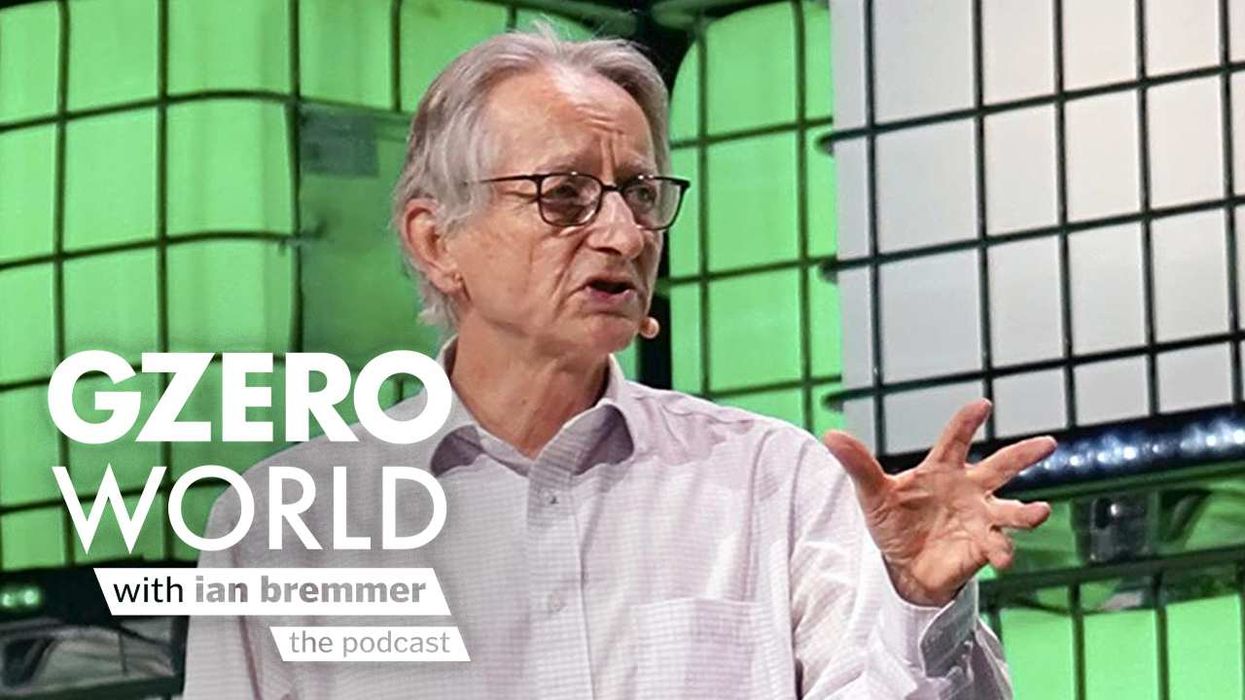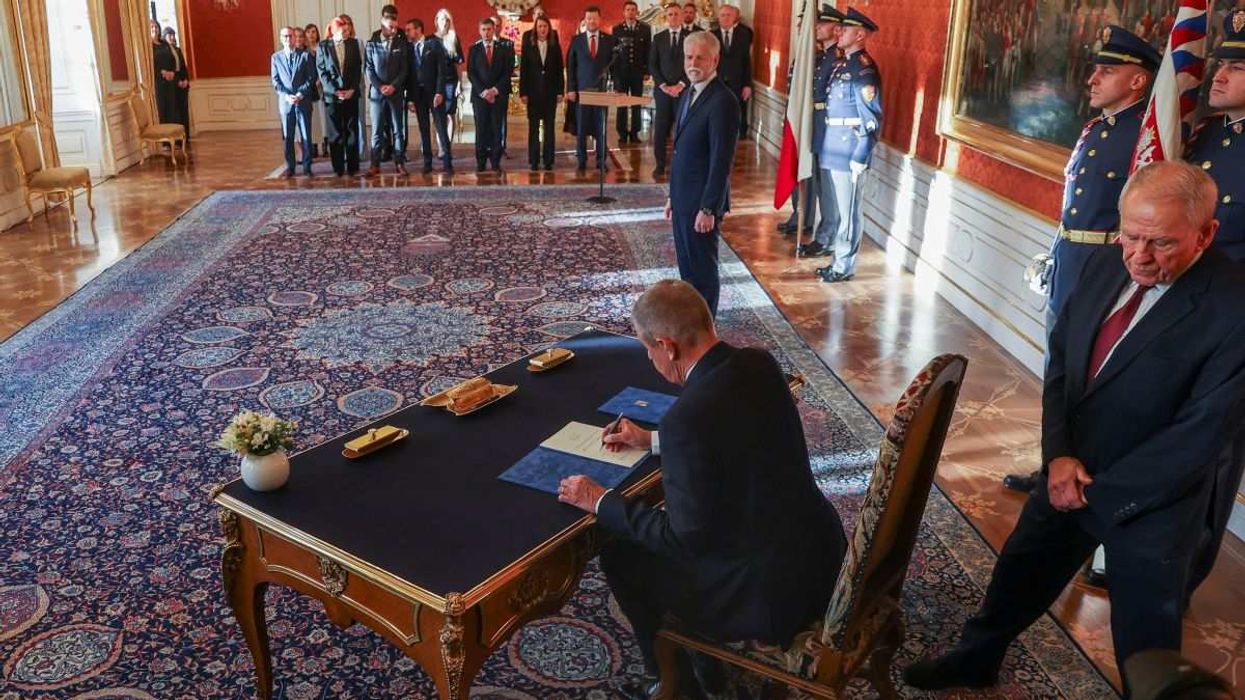Inflation in the US rose in July after consistently falling over the past 12 months. Spikes in rent, gasoline, and groceries reversed the downward trend, pushing prices 0.2% higher than in June and 3.2% higher than a year ago.
This past year, the Fed has aggressively raised interest rates, making it more expensive to borrow money, in a bid to cool off the economy, lower consumer demand and, in turn, lower prices. But the economy has been stubborn, thanks to low unemployment, rising wages, and stable spending – all of which are keeping inflation well beyond the Fed’s 2% target.
Luckily, many of the factors causing the spike in consumer prices are expected to be temporary, like extreme heat in the southern US that is limiting oil production. Many economists are still optimistic that the Fed can achieve a “soft landing,” meaning that they successfully bring down inflation without triggering a massive economic downturn.
So far, President Joe Biden doesn’t seem to be worried. But if prices continue to rise closer to the 2024 election, it could hurt his reelection bid. Gas and grocery prices directly hit consumers’ pocketbooks and have been known to influence voting behavior almost as much as a voter’s party affiliation.
